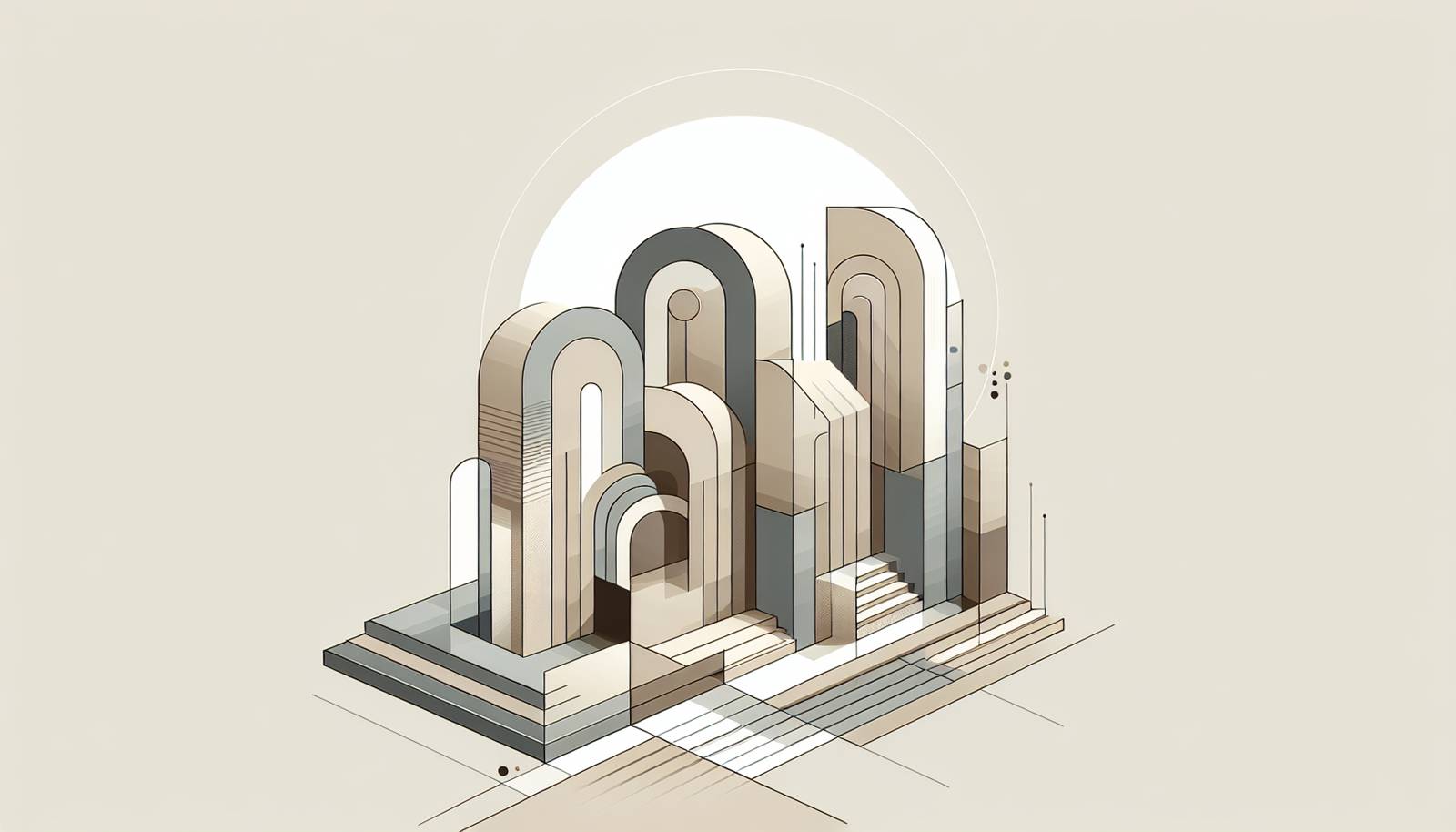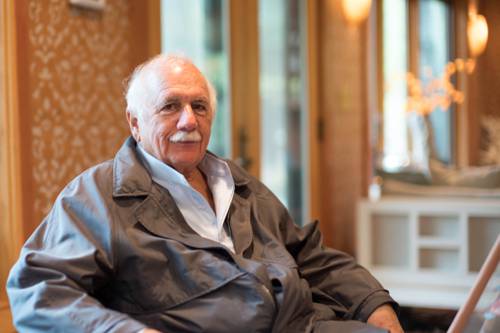
FAQ About Moshe Safdie

Who is Moshe Safdie?
Moshe Safdie is a renowned architect, urban planner, educator, and author known for his innovative and user-centric architectural designs. Born in Haifa, Israel, on July 14, 1938, he later moved to Canada, where he became widely recognized for his design of Habitat 67, a model community and housing complex in Montreal. Safdie's work emphasizes humanism, sustainability, and the integration of architecture into its surrounding environment.

What is Habitat 67, and why is it significant?
Habitat 67 is a revolutionary housing complex designed by Moshe Safdie as part of his thesis project for McGill University. Built for the 1967 Montreal Expo, it consists of 354 prefabricated concrete units arranged in a honeycomb pattern. The design was intended to create affordable housing with the qualities of suburban homes, such as privacy, natural light, and gardens. Habitat 67 is significant because it challenged conventional ideas about urban living and architecture, combining high-density housing with innovative design principles.

What are some notable works of Moshe Safdie?
In addition to Habitat 67, Moshe Safdie has designed numerous notable buildings worldwide. Some of these include the Marina Bay Sands in Singapore, the Yad Vashem Holocaust History Museum in Jerusalem, and the Khalsa Heritage Centre in India. His designs often incorporate elements of modernism and reflect a deep consideration for community, human needs, and the environment.

What architectural philosophy does Moshe Safdie follow?
Moshe Safdie's architectural philosophy centers on humanism, sustainability, and the harmonious integration of structures with their environments. He emphasizes creating spaces that enhance human experience, community interaction, and natural coherence. Safdie promotes the idea of "habitat" architecture, which prioritizes human comfort, accessibility, and environmental responsibility.

How has Moshe Safdie influenced modern architecture?
Moshe Safdie has significantly influenced modern architecture by challenging traditional urban housing concepts and introducing innovative, sustainable design approaches. His work on Habitat 67 inspired architects to rethink residential building structures and led to a broader acceptance of modular and prefabricated elements in construction. Safdie's projects often demonstrate how architecture can be both functional and aesthetically compelling while promoting social interaction and environmental awareness.

Where did Moshe Safdie study architecture?
Moshe Safdie studied architecture at McGill University in Montreal, Canada, where he graduated in 1961. His thesis project, which eventually led to the creation of Habitat 67, was highly influential and set the stage for his future career as an innovative architect.

What is unique about Moshe Safdie’s design of Marina Bay Sands?
The Marina Bay Sands in Singapore, designed by Moshe Safdie, is unique for its striking architectural form and complex engineering. The iconic design includes three 55-story towers connected by the SkyPark, a massive rooftop platform offering panoramic views of Singapore. The project combines luxury, entertainment, and leisure with innovative construction techniques and sustainability features, making it an architectural marvel.

How does Moshe Safdie incorporate sustainability in his designs?
Moshe Safdie's designs often incorporate sustainability through the use of natural light, green spaces, and energy-efficient systems. He emphasizes the importance of creating architecture that harmonizes with its environment, reducing energy consumption and enhancing occupants' quality of life. His projects typically include sustainable materials, thoughtful site integration, and innovative technologies to minimize their environmental impact.

What awards has Moshe Safdie received for his work?
Moshe Safdie has received numerous awards throughout his career, recognizing his contributions to architecture and urbanism. These include the Gold Medal from the Royal Architectural Institute of Canada, the AIA Gold Medal from the American Institute of Architects, and the Lindback Award for Excellence in Teaching. These accolades highlight his influence and commitment to innovative and humane architectural design.

What role does Moshe Safdie play in education?
Moshe Safdie has been actively involved in education throughout his career. He has taught architecture at prestigious institutions, including Harvard University Graduate School of Design, and has lectured worldwide on his architectural philosophy, projects, and the future of urban living. Safdie continues to influence the next generation of architects through his teachings and publications.

Has Moshe Safdie written any books?
Yes, Moshe Safdie has authored several books that reflect on his architectural philosophies and experiences. Some of his notable publications include "Beyond Habitat," "The City After the Automobile," and "If Walls Could Speak: My Life in Architecture." These works offer insights into his approach to design and his thoughts on the future of urban environments.

What is Moshe Safdie’s approach to urban planning?
Moshe Safdie's approach to urban planning is centered on creating human-centric spaces that support community interaction and sustainable living. He advocates for designs that prioritize accessibility, greenery, and public spaces, ensuring cities are livable and harmoniously integrated with their natural surroundings. His urban projects often focus on balancing density with quality of life.

Where is Moshe Safdie originally from?
Moshe Safdie was born in Haifa, Israel, in 1938. He moved to Canada with his family when he was 15 years old, where he later pursued his studies in architecture and launched his renowned career.

How did Moshe Safdie become interested in architecture?
Moshe Safdie's interest in architecture began during his childhood in Israel, where he was influenced by the diverse architectural landscape and his personal experiences with community living. His formal studies at McGill University further developed his passion for creating innovative and functional spaces.

What impact did Habitat 67 have on Moshe Safdie’s career?
Habitat 67 had a profound impact on Moshe Safdie's career, establishing him as a visionary architect at a young age. The project gained international attention for its innovative design and approach to modular housing, setting the foundation for Safdie's future work and influencing architectural thought worldwide.

Is Moshe Safdie still active in architecture today?
Yes, Moshe Safdie remains active in the field of architecture, continuing to work on new projects and contribute to architectural discourse globally. His firm, Safdie Architects, undertakes various projects worldwide, reflecting Safdie's enduring commitment to innovative and humane design.

What challenges did Moshe Safdie face with Habitat 67?
The construction of Habitat 67 presented several challenges, including budgetary constraints, engineering difficulties with the novel modular units, and skepticism from traditionalists in the architectural community. Despite these challenges, Safdie successfully realized the project, which ultimately became a landmark example of modern architectural innovation.

How has Moshe Safdie's architectural style evolved over time?
Moshe Safdie's architectural style has evolved to incorporate greater sustainability and advanced technology while maintaining his core principles of human-centric design and environmental harmony. Over time, his projects have become more diverse in scale and style, adapting to the specific cultural and environmental contexts of each location.

What is the significance of the Yad Vashem Holocaust History Museum designed by Safdie?
The Yad Vashem Holocaust History Museum in Jerusalem, designed by Moshe Safdie, is significant both architecturally and historically. It serves as a powerful, evocative space that honors the memory of Holocaust victims while educating visitors. The design integrates natural landscape elements to enhance the emotional experience, emphasizing reflection and remembrance through its architectural form.
